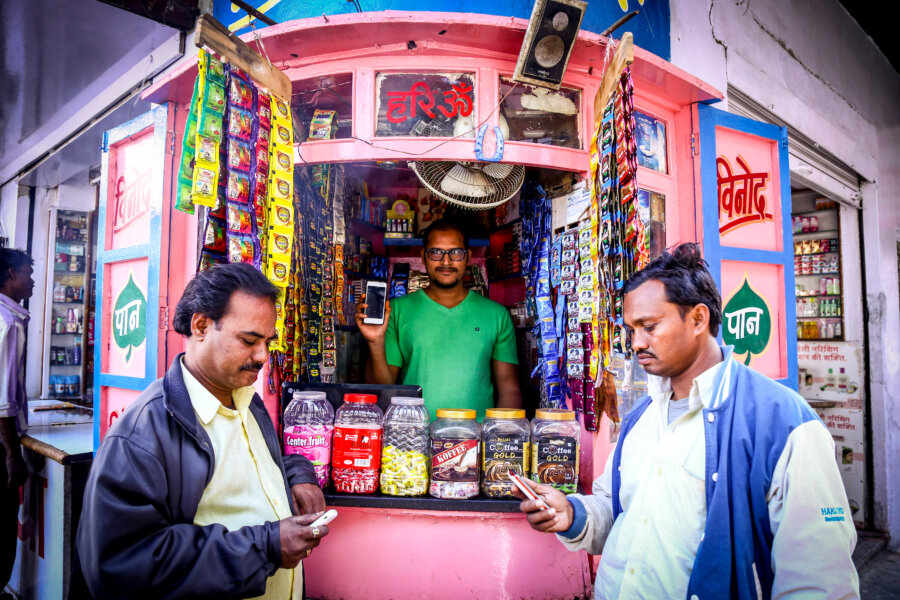
The core idea of a startup is to tap into the previously unexplored markets, identifying unsolved problems and bringing to the market innovation that disrupt the existing eco-system. It’s about understanding complex problems and coming up with innovative, disruptive solutions…a process that requires understanding the consumers’ requirements and behavior patterns to create a well-thought out solution for the customers’ benefit.
While most entrepreneurs spend weeks brainstorming about the idea, they often ignore the key ingredient to innovation : design.
Design /dɪˈzʌɪn/ (noun) – do or plan (something) with a specific purpose in mind.
The Design thinking Playbook Roundtable organized by iSpirit and conducted by Deepa Bachu from Pensaar helped startup founders understand the importance of design thinking and integrate design into their workflow. Here are some key takeaways from the Playbook Roundtable held at the head office of Instamojo in Bangalore:
Design thinking is not just about the graphic elements, UI or tools. It is a creative approach to a problem. It is a problem solving methodology – whether it is blueprints for a building, a beautiful graphic design for a brochure, a sleek UI for a website or a comfortable piece of furniture, design helps to solve any problem, visual or physical.
While it is important to engage a professional, it is crucial that everybody on the team thinks DESIGN. Entrepreneurs should be able to step away from their immediate environment to look around and view their idea from the perception of the consumers, a process that requires creative thinking.
As a good product manager, a startup founder should be able to connect the dots in non-obvious ways to come up with a unique and innovate solution for the consumers. It is crucial for entrepreneurs develop a deep insight of the problem they are seeking to solve and be passionate about it before coming up with a solution. More startups focus more on the solution and forget the initial problem statement. You must never lose sight of your problem, constantly revisiting it while fine-tuning and tweaking the solution.
A product is valuable only as long as the consumer users it. It is thus important for entrepreneurs to understand customer behavior in order to make their product user friendly. Usability studies though interesting, aren’t always reliable. Startup founders thus have to seek out customers and work with them closely to understand what they need, what they think, how they use the product and how they feel about it.
Customer behavior v/s customer intent – it is important to understand the difference between the two. While a user may want to do something in the ideal world (intent), she may not be able to do it in the real world (behavior). As entrepreneurs it is important to differentiate intent from actual behavior. If this is geographically impossible, startup founders should not hesitate to use data analytics to tap into the users’ behavior patterns and modify the product.
Design thinking allows entrepreneurs to look at their idea holistically and come up with the best possible solution for their users. Design after all enables people to create and come up with the unimaginable and unexpected designs.



